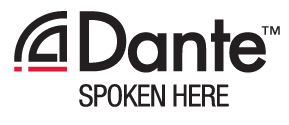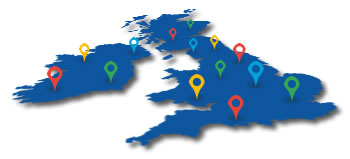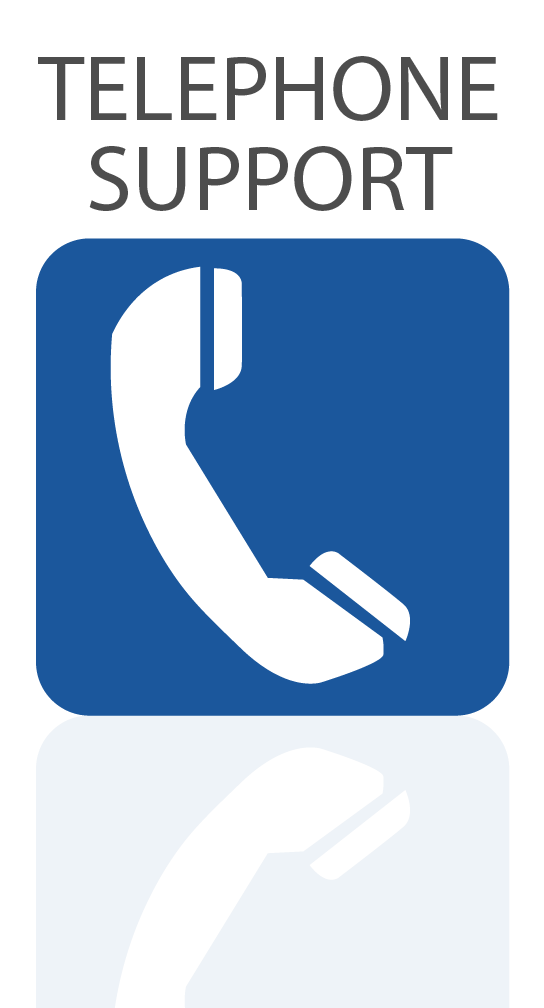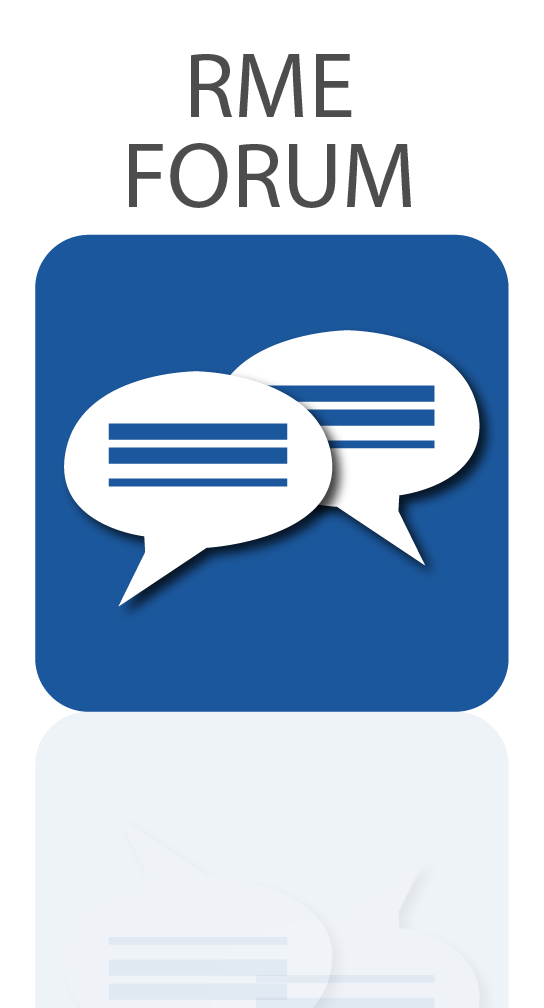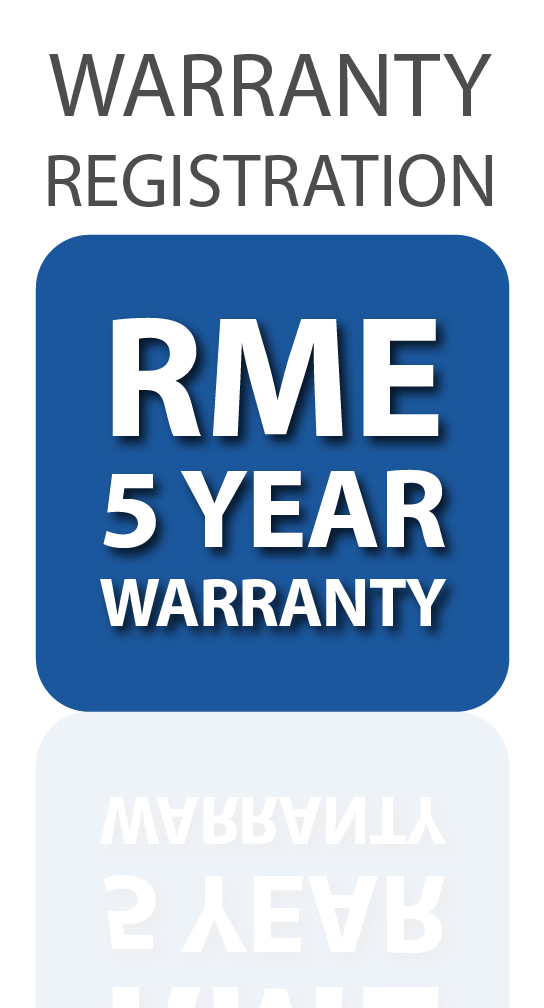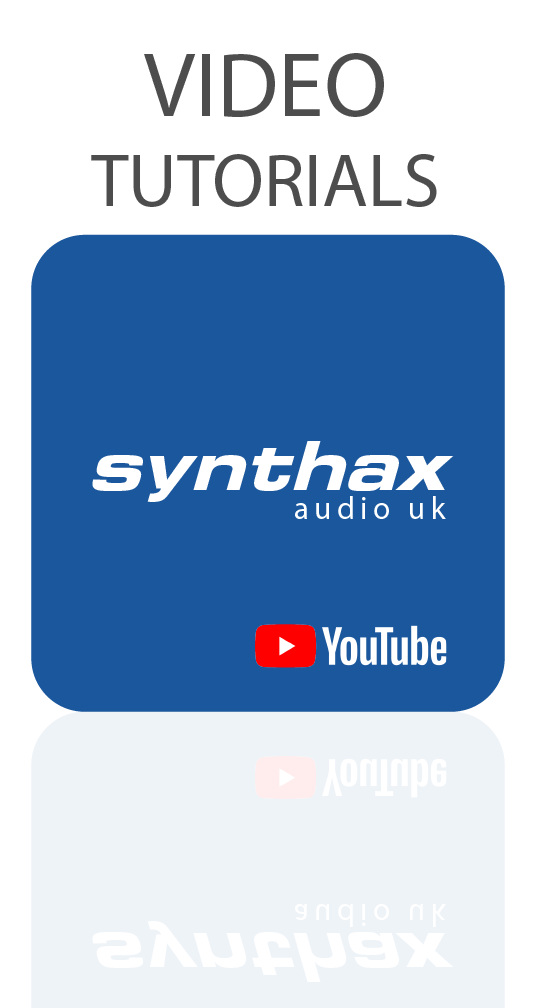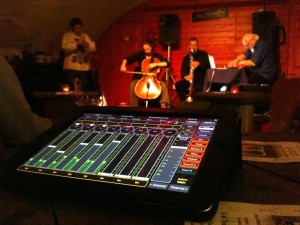
The Arch Improvisors, with TouchOSC being used to mix the band in combination with RME’s TotalMix FX
Engineer Matt Saunders recently sent us this article about his experience of his new RME Fireface UFX on a live free improvisation gig;
The Arch Improvisors Or Four musicians, three iPads, a laptop, an engineer and an RME Fireface UFX
“… oh, and can I try out your UFX as my sound card for this gig I’m doing?” asked Lawrence.
“Of course,” I replied amenably “and whilst we’re at it why don’t we mix the gig on it and record it too? In fact, why don’t I come and do it for you?”
“Great,” came the reply. “Oh and by the way, there’s no money in it.”
By now the mental alarm bells were starting to ring. “What have you said yes to now”, my inner voice chimed in. “Why didn’t you ask that before you opened your big mouth?” I yelled back over the internal pealing. “Come to think of it, why the alarm bells? Can’t you choose a quieter inner metaphor? Say a whisper in my ear for instance.” But inner voice had gone out for an immaterial smoke and all I heard was the faint reverb of my own head as I tried to convince myself that this was a great chance to try out some ideas.
However, Mr. Voice’s misgivings proved groundless as we shall discover.
The Gig: Hannah Marshall, cello; Noel Taylor, clarinet/bass clarinet; Jamie Coleman, trumpet; Lawrence Casserley, live processing.
The Venue: Arch 1, somewhere in the de-militarised zone surrounding the Olympic Park in deepest East London.
The Equipment: 4 musicians, associated acoustic instruments, a sound processing instrument (created in Max/MSP), a MacBook Pro, 3 iPads, various DPA mics, some Sennheiser radio mic bits, an amp or two, some EVs, an engineer and an RME Fireface UFX.
The Mission (having chosen to accept it): to mix, process and record the gig on the RME Fireface UFX controlled from an iPad at the bar or wherever felt comfortable.
It was, it has to be said, an inauspicious start as I sat there quietly developing hypothermia contemplating the steel door on the entrance to the brick vault that gave the venue its name.
The aptness of the name was starting to take second place to possible frostbite when Robert (the owner) appeared to open up and I set to to prepare for impending musicians.
Lawrence’s instrument lives in his MacBook and is controlled by 2 iPads, running TouchOSC and a large Ableton style pad matrix. It is, of itself, mute and exists to process the acoustic musicians in real time, so the RME Fireface UFX handled his I/O. It may not be as visually exciting as large but finite number of Revoxs with one tape strung between them but it is magnitudes more flexible and requires fewer milk bottles.
I intended to mix and record the gig through RME’s Totalmix running on the same hardware controlled by another iBeast with TouchOSC and Matthias’s TotalmixpadLV template.
An adhoc, fixed IP, network was created on the Mac and the iDevices lashed and ported into it. (A short discussion was had about the seeming mutual incompatibility of the acronym DHCP and Max/MSP but no useful conclusion was reached).
Microphones were applied to musicians, well to their associated instruments, and some level checks were done.
And it just worked! OK, there was one slight hiccup in that, initially, no OSC was coming back from the Totalmix. But a quick reselection of the appropriate iPad from the ‘Options_Settings_OSC1’ tab drew a happy flashing of the red incoming OSC indicator on the pad.
I have to admit to a bout of happy giggling and Tigger like bouncing as the level meters pulsed before my eyes and the remaining recording time (humourously long due to the 1 TB of hard drive hanging off the RME Fireface UFX) appeared in the box. I moved faders and the level changed. I applied EQ and dynamics and the sound likewise changed as expected. I started the recording and lo the counter counted and the blue light flashed on the HDD.
Even when Lawrence was caning it on his iPads and the level meters were jigging swiftly there was no offensive lag in response. It was a pleasure to have the freedom to wander freely, mixer in hand, around the venue and sample the delights from a variety of comfortable positions. Having named all the channels in Totalmix my scribble strip was there with me and the hide channel ability enabled me to group the faders together on a single screen.
However, this is where my only annoyance/feature request lies. Since Lawrence’s instrument is in the box, his outputs come out on the ‘Software Playback’ row. This makes it impossible to group all the musicians on a single page without routing his output to a hardware output and then back in on an input (we did it with jack leads having not noticed the loopback facility in the Hardware Outs. Doh!). It would be nice to be able to put Totalmix into 2 Row mode and use the hide function to concatenate my channel needs onto a single screen on the iPad.
Now that I have discovered the joy of roaming free at my leisure (or at least until the WiFi signal drops) I can’t wait to use it on more technically complex gigs. One candidate springs immediately to mind where we have a distributed surround layout with no handy mix position and no speakers pointing at where I usually end up. It’s also much lighter than a traditional desk, digital or analogue, which my old bones appreciate deeply.
If only we could get the solo/PFL audio feed to the iPad…
Much thanks must go to Rob Masters et al at Synthax UK for putting up with my obscure questions and Ralph Dunlop at Sound Network for his inestimable DPAs. Thanks is also due to Matthias Carstens (head designer at RME) and his posse for making such a groovy box and the TouchOSC template. Last but by no means least to Rob Fischer who is Hexler and codes TouchOSC. I use it in other ways than this and it is a damned fine bit of kit.
TouchOSC can be downloaded from an App Store near you and one can find out more at http://hexler.net/
If you want to check out that candidate that comes to mind have a look at http://www.colourscape.org.uk. It’s an odd acoustic at the best of times.
Matt Saunders







